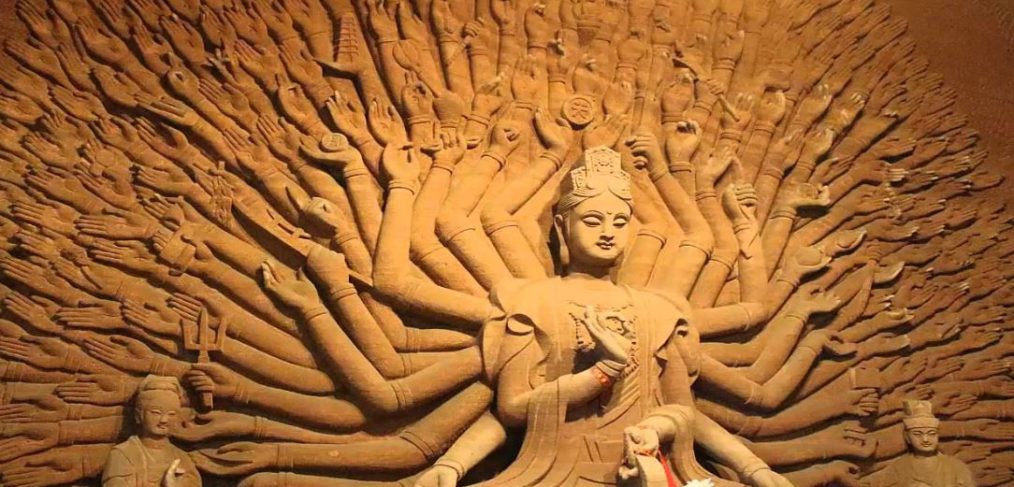
Three men, three mantras and three very different lives
A tale of three men began with a former boss and continued as I interviewed two-dozen individuals for a book on success. In this time when we are all contemplating our lives, a few gems deserve to be shared.
“You want to guarantee a job gets done? Find the busiest person in the company and give it to him/her.”
As always, one must consider the source to determine if the wisdom is worth anything. You be the judge.
Mantra one is from a Duke engineering and accounting graduate (with honors and masters), pilot and also certified flight instructor who went to Microsoft for a stint as a technology architect (designing the systems). He jumped ship after a couple of years for a start-up, parting ways with the chief technology officer after eighteen months, eventually landed in the consulting world and found his calling. He was making a pittance at Microsoft compared to project consulting fees. Within the first two years, he was making a million a year. By year five, this had jumped three-fold. On average, he was personally taking home three-four million a year for about eight years.
He traded up from his 1,200 foot home in an old part of Seattle to a primary residence of 10,000 square feet in the affluent Seattle suburb of Woodenville. He added a second home in the San Juan islands where his wife installed not one, but seven, count them seven, Gaggenau ovens. His journey from his home in Seattle was made easy thanks to his twin-screw vessel which he insisted on piloting once he earned his credentials.

But why stop there? This busy man didn’t know how or when to stop either work or his personal expenditures. Ergo, he had not one, but three planes, all covered by the business. One, a twin-prop Piper Malibu, $2M King Air with seating for eight and a Mooney, a quarter million dollar aircraft built for speed.
All of this afforded by his work ethic and smarts. He believed in the mantra he espoused because it was in part what had made him successful. His over-busy manager or counterpart would give him a task in desperation which he’d take, complete and ultimately receive the accolades. Sometimes, he’d receive the promotion instead of the other person.
“Spend eight hours doing the job you were hired to do, and another two doing the job you want.”
This was said to me by the senior vice president of mergers and acquisitions who worked for the world’s largest consulting firm at the time. He attributed his success to applying this phrase to every job he’d taken since college, the phrase initially coming from one of his professors at BYU. This man had two undergraduate degrees and his masters in business administration, but said those credentials were insignificant compared to the working on the job.
“More knowledge comes from what you learn at your job than you will ever learn in the classroom,” he believed. Then he went on to give examples of how applying the concepts gets you fifty percent of the way. “The rest is what you learn and how you apply it.” But even then, he argued, that’s only enough to fulfill what’s expected of you. “You will never really stand out unless you put in more effort, more work and show more determination than the person sitting next to you.”
In other words, leadership is always looking for the next manager, the next stand out sales person. Not everyone needs a college degree, or two graduate degrees to be financially successful.
Live to work or work to live
This man chose a very different life path than the first. His primary (and only) residence was a 3,400 square foot home in a nice, but older neighborhood in less trendy part of Seattle. His wife drove a minivan and he had a Prius. No boats, planes or exotic cars. When he did spend money, it was on travel with his family. It was his one indulgence. When I interviewed him, he’d racked up nearly twenty African trips, Safari’s being his favorite, and he’d often take his grown children. Eventually, he retired to give of his time to an educational institution, desiring to spend his days with his family while he was in good health.
The first professional I mentioned, who is approximately the same age, has chosen to continue live to work. He used his home in the islands a handful of times a summer, his packed schedule not conducive for the long boat ride up. He used his planes not for weekend family getaways, because his wife has always hated small aircrafts. Instead, his flight time has been used to generate revenue, not deepen relationships. In fact, leisure travel and activities wasn’t a part of his life, because it took too much time out of his work schedule and billable hours.

Comparing the two men, the difference in lifestyle are stark. One had all the material possession attainable yet were rarely used because…well, he was working so much. (I forgot to mention man one also owned a Rolls, driven by his wife to and from Seattle Prep where their children attended, a Bentley which he drove and an Escalade). On the other hand, professional number two kept his life and lifestyle simple, investing his discretionary time on experiences, not things. What’s ironic is that this second man (who drove the Prius while having an executive title with one of the world’s foremost companies) earned multiples of millions of man number one who showed it all off. This proved one of my own mantras: “Those with the most don’t show it.”
“Those with the most don’t show it”
It’s now been six years since I’ve spoken with either man, but from what I’ve seen on-line and heard, the path of one has changed dramatically, the other hasn’t. The boat, planes, homes and children of the first have all but disappeared, the burnout as emotional as it was financial. Specifically, bad choices led to the collapse of the consulting firm, the personal overhead unsustainable. It’s all gone. Alternatively, the former SVP has lived his life as he constructed; spending his workdays with an academic institution and his free time with his family. He still drives his Prius but his wife finally upgraded to a used Lexus SUV to haul around the grandchildren.
One lived to work, his surroundings and lifestyle reflecting that, his own mantra serving him very well. The second worked to live, his close family and sound financial decisions evidence of his conviction. Having heard these experiences and witnessing the eventual outcome, I do wonder if there was a middle ground to be walked, perhaps the peaks wouldn’t have been so high but the valleys not so low.
A third mantra from a former boss
When I was twenty-four working at my second start-up outside Silicon Valley, the once-divorced CEO, a thirty-nine year-old who’d already taken one company public, often said he “lost” his first wife and children in the drive to accomplish his goals. He found and married a hot thirty-year old who was step-mother to his two sons, and during our press tours, he’d talk candidly about what he’d done wrong, taking full ownership of the demise of his marriage, vowing to change his ways. During the five years I spent at the company, we grew from eight to two hundred and went public. I continually observed this CEO, wondering if history would repeat itself.
It didn’t. He left work at five p.m. No. Matter. What. He took vacations, two times a year, without fail. He wouldn’t respond to emails on Saturday, but wait until Sunday night at seven p.m. when his boys were in bed. He was ruthless about his protected family time. Yes, the cynical will say: “Well, he already had a few million in the bank and was the CEO, he could afford to do that.” I agree. Yet he still had a choice, as many do, to carve out and maintain a semblance of balance, and it was his actions that gave the rest of us permission to have a life. We could leave at six or seven and the world wasn’t going to shut down, neither was the company. We didn’t have to be on email at eleven at night to impress the boss, because the boss was with his family.
Although I was a senior manager at the time, I felt compelled to work late and come in on the weekends. One morning, I’d arrived at 6 a.m. and he appeared, asking me why I was in the office. I responded it was to deal with the east coast press, who were up and alive at nine a.m.
“My boss told me something I never forgot,” he said, one hand on my cubicle wall. “Things are never as good or as bad as they seem. Remember that. It puts everything in perspective.”
It took another decade to really embed that philosophy in my DNA, but it’s a phrase I often repeat to Rog, my close circle and myself. It keeps the highs and lows in check, our emotions and efforts a bit more stable.
“Things are never as good or bad as they seem”

I still think and apply the two other phrases quite frequently. When a person complains or a tasks isn’t being done at the office, I ask who is busiest? The owner/manager invariably responds in an instant. “Give it to that person!” I suggest, telling them the mantra. When a person wants to get ahead, I offer up mantra number two; “Work eight hours at the existing job and another two at the job you want.” That works like a charm. And for the life/balance situations, which happen on a weekly (daily?) basis, we have mantra number three, perfect for not just times of staying at home during a pandemic, but at all times, because as Jeff said: “Things are never as good or bad as it seems.” Endurable words of wisdom for all of us to remember.
